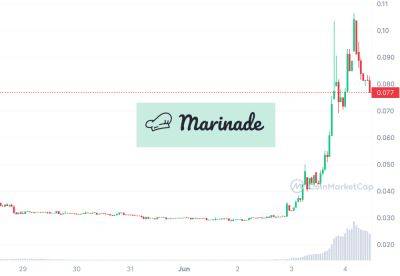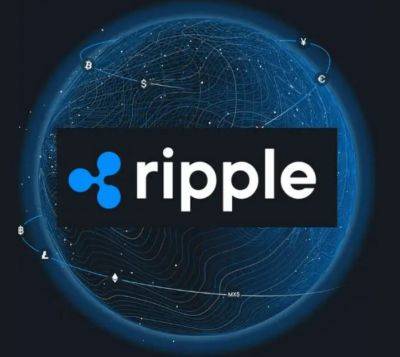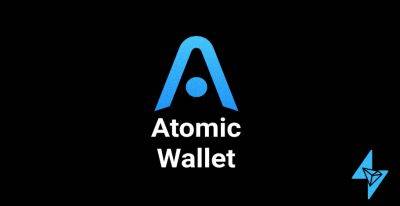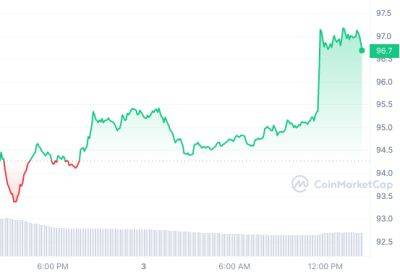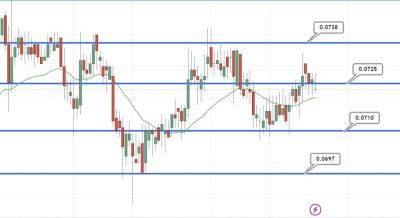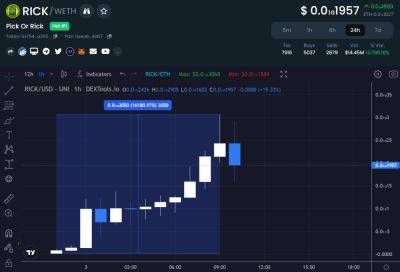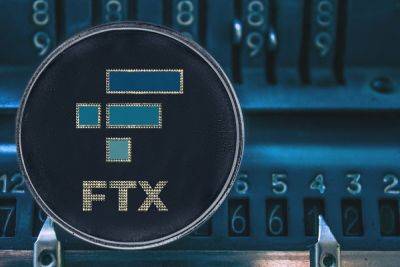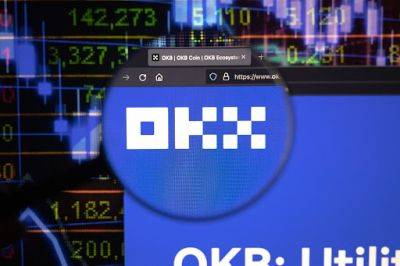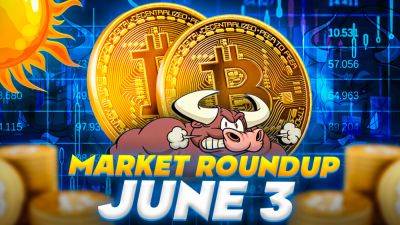Ethereum price is pinned below $1.9K, and data suggests that is unlikely to change in the short–term
Ether’s price has been stuck below $1,920 for the past 16 days, which is especially concerning since the latest breakout attempt on May 6 lasted less than 24 hours. Excluding this brief price pump, Ether’s (ETH) journey below $1,920 was initiated on April 21, over 30 days ago.
One can likely blame the Ethereum network’s $8.80 average transaction fee for investors’ diminished appetite, but the macroeconomic environment has also played an important role. On May 22, JPMorgan Chase CEO Jamie Dimon said it is impossible to predict the outcome of the Federal Reserve’s monetary policy, designed to curb inflation.
As CNN reported, Dimon added:
The uncertainty surrounding the United States debt ceiling standoff between Joe Biden’s administration and the U.S. Congress is the probable cause for the worsening sentiment among institutional investors toward cryptocurrencies. According to CoinShares’ latest “Digital Asset Fund Flows Report," outflows across digital asset investment products hit $232 million over the past five weeks.
Furthermore, there are two indicators that impact Ether’s price and signal reduced demand for its decentralized finance ecosystem, in addition to weak leverage buying activity from professional traders.
The Ethereum network’s limited processing capabilities have been causing high gas fees, which greatly reduces the demand for smart contract usage. For the past five weeks, the average transaction fee has remained above $8, although at first sight, no impact was felt.
The total value locked (TVL) in the network remained stable at 15.1 million ETH versus four weeks prior, but it is nearing the lowest levels since August 2020. As a comparison, the TVL on the BNB Smart Chain in BNB (BNB) terms was essentially flat in
Read more on cointelegraph.com
 cointelegraph.com
cointelegraph.com